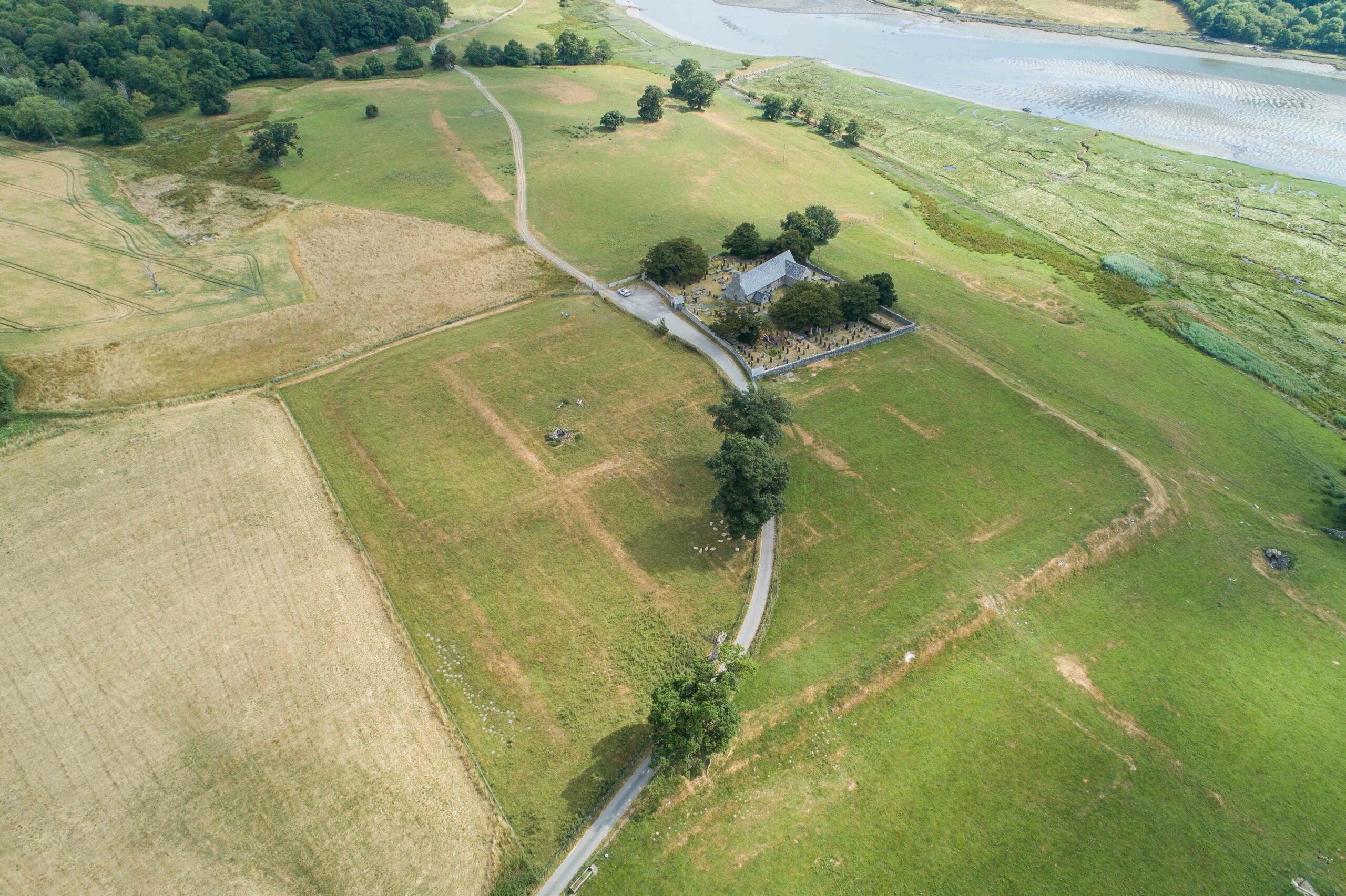GORZÓW COUNTY, POLAND—Science in Poland reports that a team of archaeologists led by Krzysztof Socha of the Kostrzyn Fortress Museum are investigating the site of a 2,000-year-old Germanic cemetery in western Poland. Plowing and forest planting some 50 years ago damaged much of the cemetery, resulting in a large number of iron and bronze artifacts scattered over the area. But the team members did find three intact graves. One held burned human remains in a ceramic urn. Cremains had been poured directly into pits in the ground in the other two graves. “While the first complete graves probably belonged to warriors—because we discovered weapons in the graves, including a ritually bent metal sword—we are also finding buckles and other decorations in the area,” Socha said. “This shows that the cemetery belonged to the entire community—probably women, men, and children.” To read about the excavation of another cemetery in Poland, go to “World Roundup.”
Germanic Cemetery in Poland Investigated
News December 11, 2018
Recommended Articles
Digs & Discoveries November/December 2025
A Familiar Face
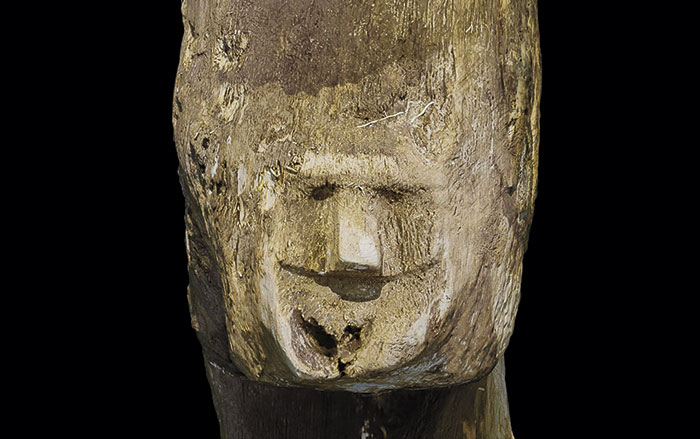
Letter from Poland November/December 2024
Remembering an Unspeakable Crime
Excavations of a mass grave expose evidence of Nazi-era massacres
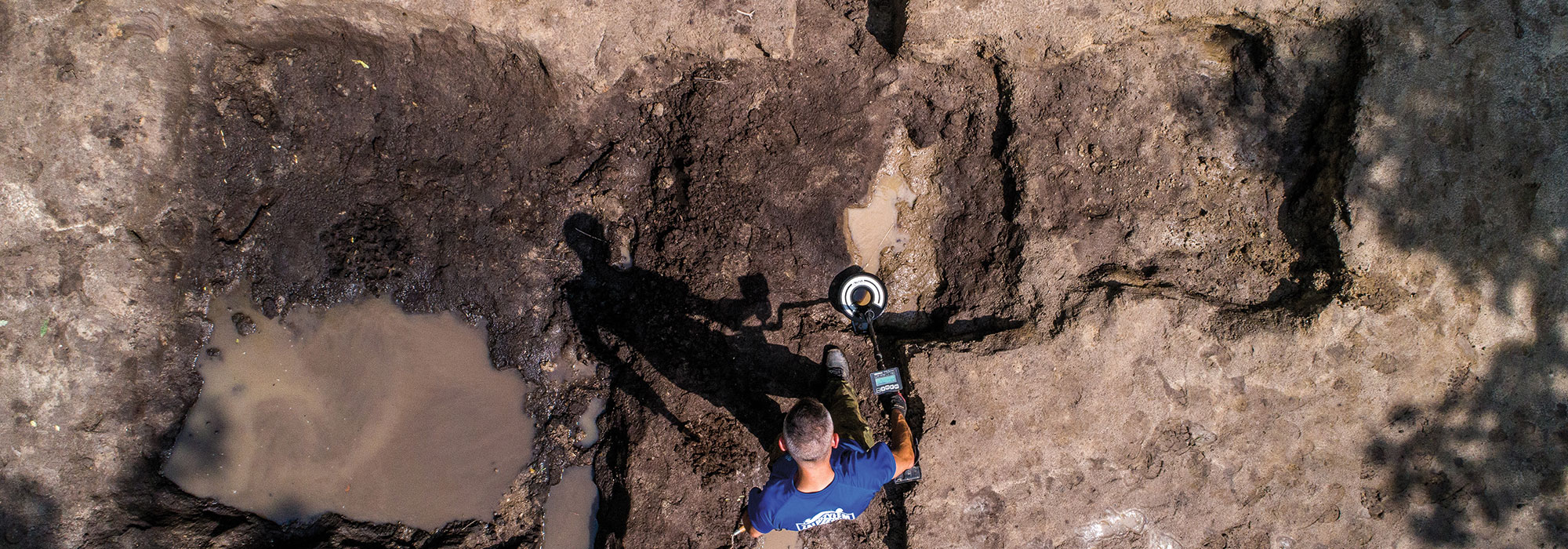
Top 10 Discoveries of 2020 January/February 2021
Largest Viking DNA Study
Northern Europe and Greenland
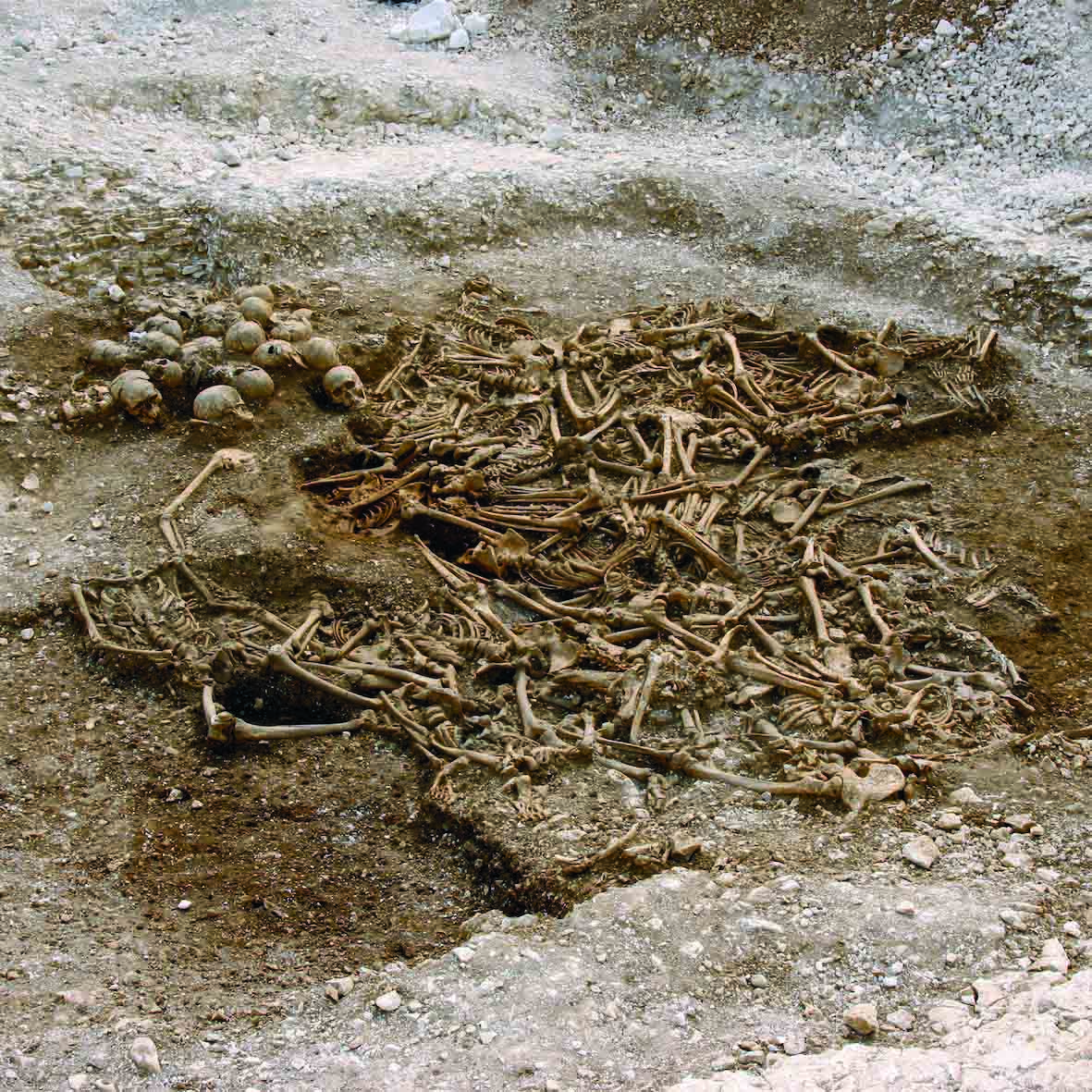
Digs & Discoveries November/December 2020
Honoring the Dead
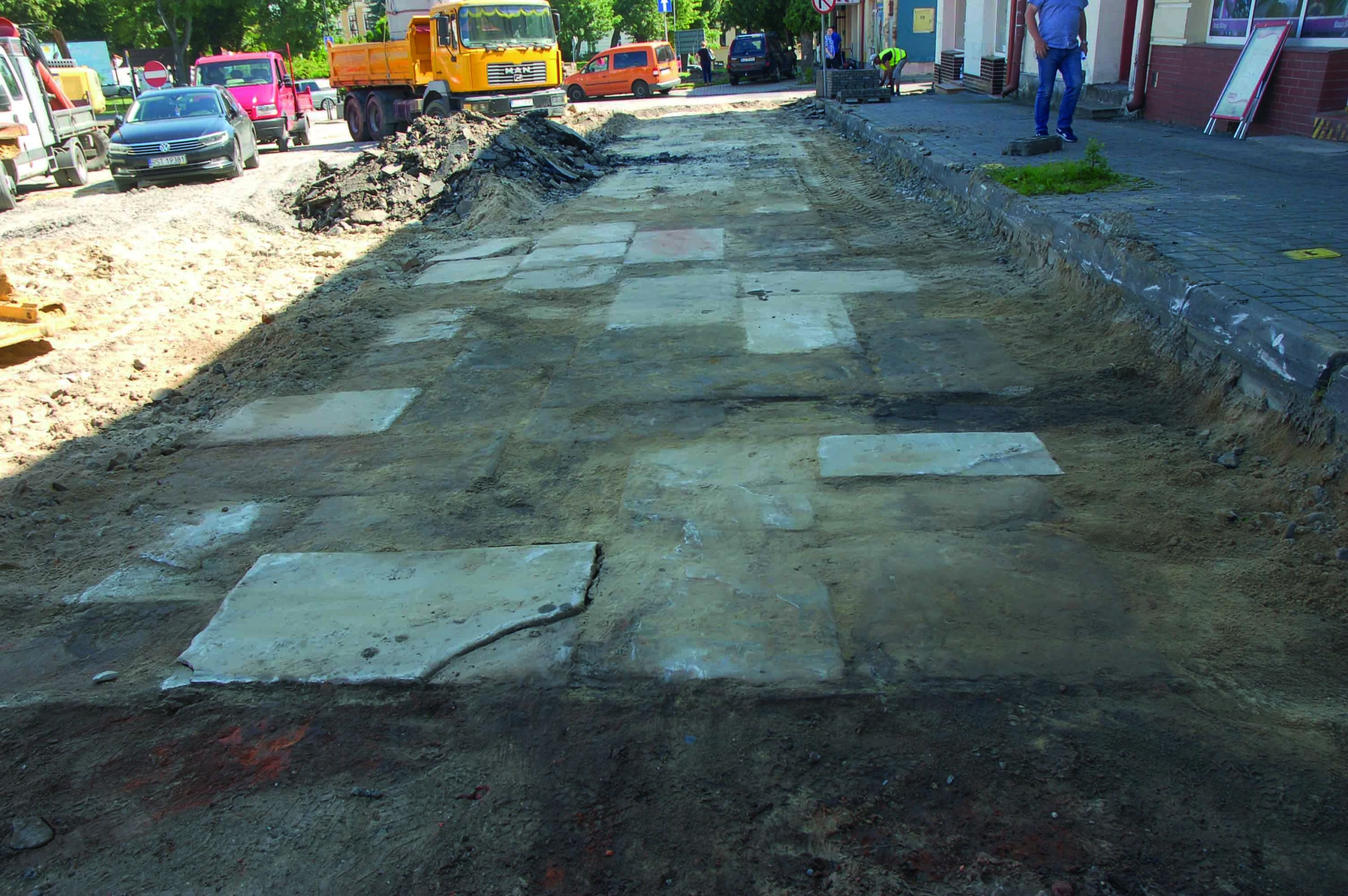
-
Features November/December 2018
Reimagining the Crusades
A detailed picture of more than two centuries of European Christian life in the Holy Land is emerging from new excavations at monasteries, towns, cemeteries, and some of the world’s most enduring castles
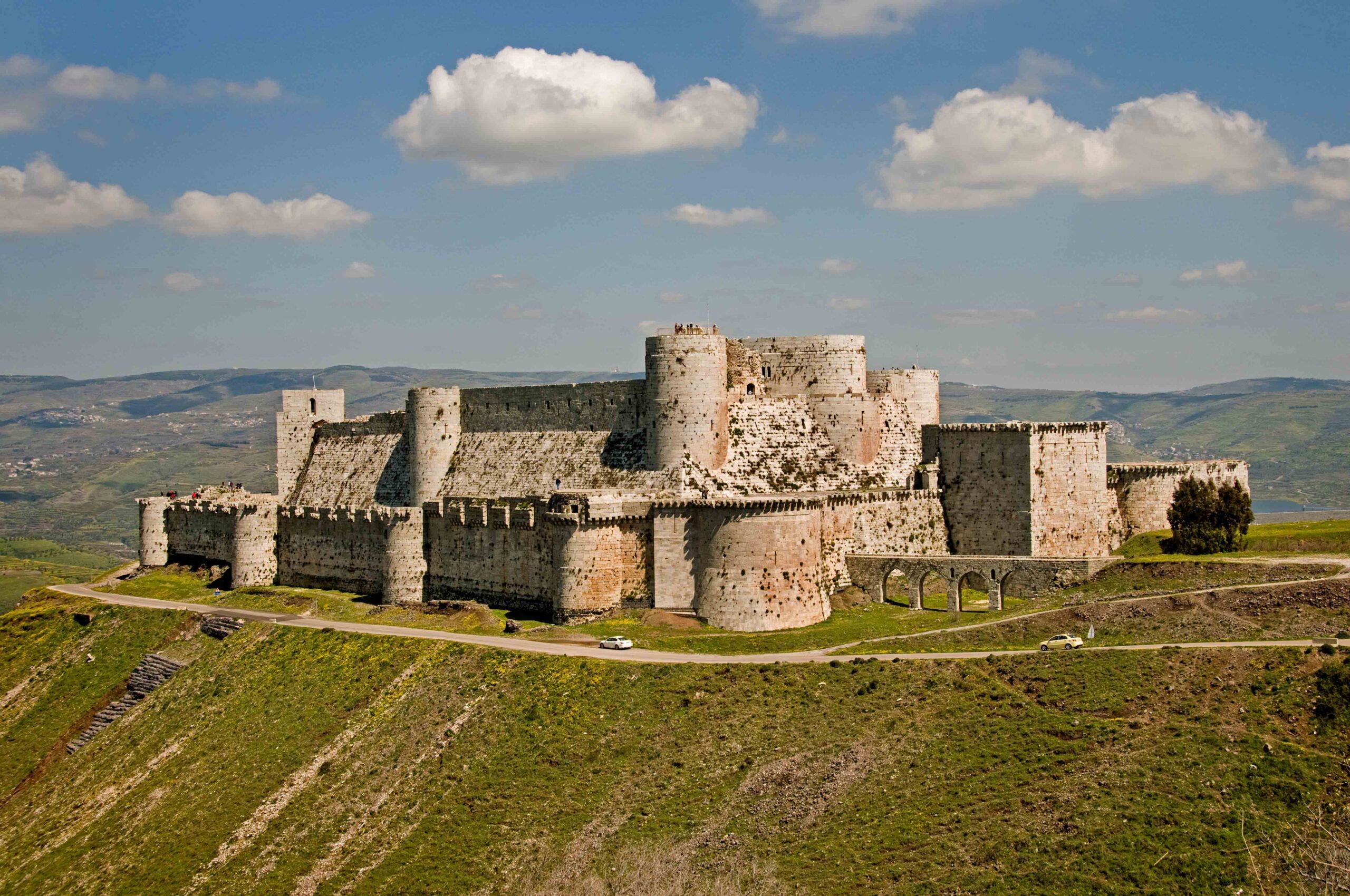 (Peter Horree/Alamy Stock Photo)
(Peter Horree/Alamy Stock Photo) -
Letter from California November/December 2018
Inside a Native Stronghold
A rugged volcanic landscape was once the site of a dramatic standoff between the Modoc tribe and the U.S. Army
 (Julian Smith)
(Julian Smith) -
Artifacts November/December 2018
Russian Canteen
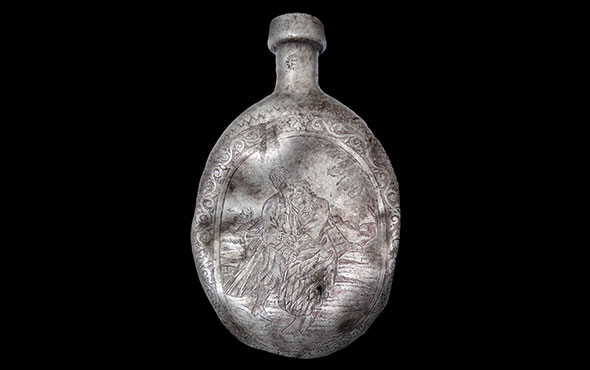 (Courtesy Copyright David Kobialka/Antiquity)
(Courtesy Copyright David Kobialka/Antiquity) -
Digs & Discoveries November/December 2018
The American Canine Family Tree
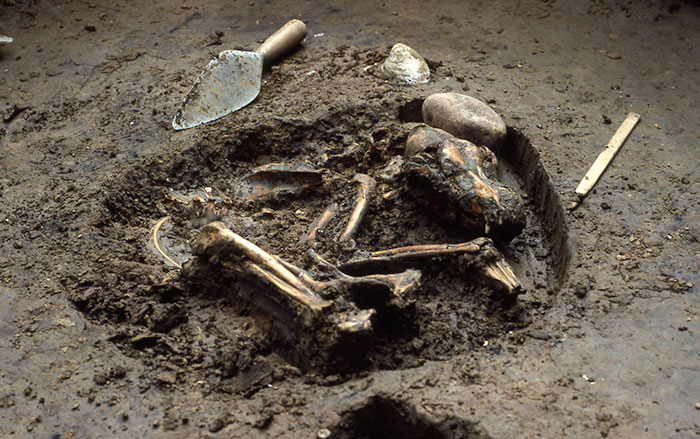 (Photo by Del Baston/Courtesy of the Center for American Archeology)
(Photo by Del Baston/Courtesy of the Center for American Archeology)


